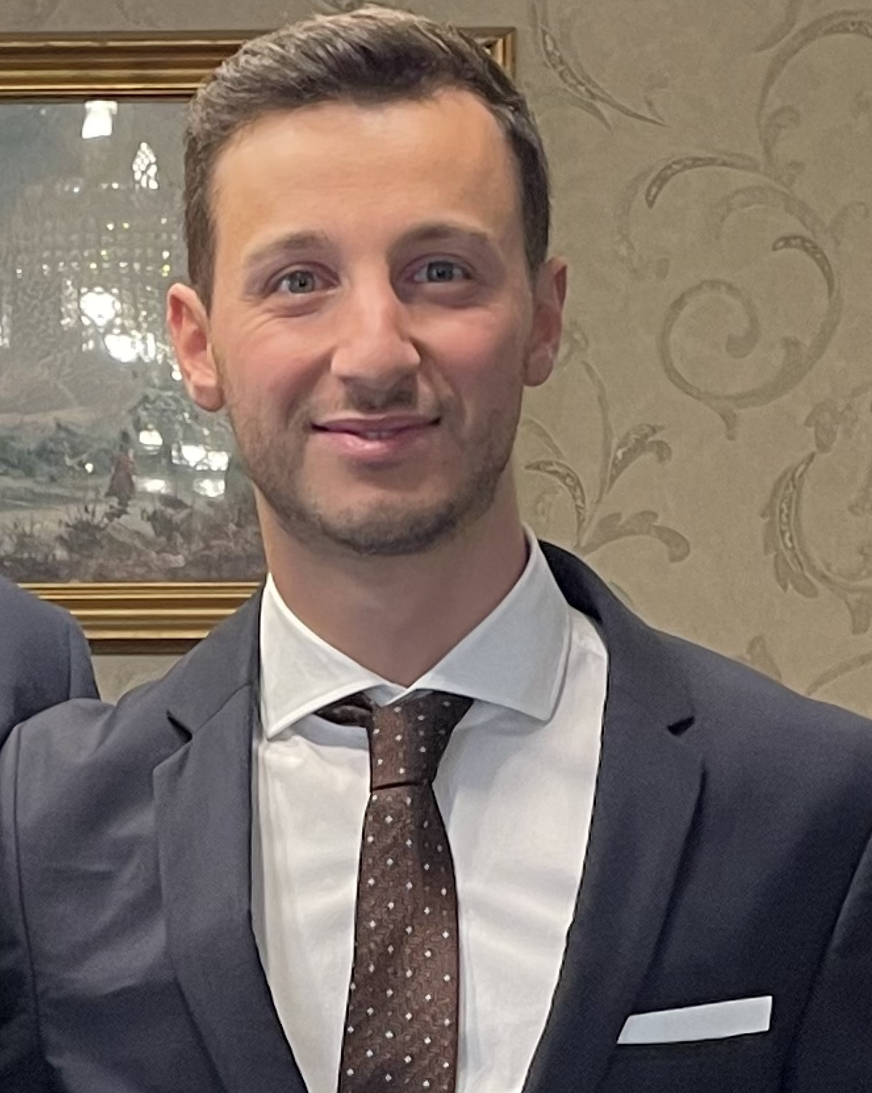Description
INTRODUCTION
The ideal limb alignment to be pursued during knee prosthetic surgery is a subject of
heated debate. Historically, mechanical alignment and the most recent alignments -
anatomical, functional and kinematic (uKA and rKA) - represent the goal that the
surgeon set at the beginning of surgery. Whichever alignment is used, the surgeon
meticulously plans the HKA, LDFA and MPTA measurements according to the chosen
technique and looks for careful intraoperative reproduction. More recently, the
increasing use of intraoperative technology, both navigation and robot, has allowed us
to be more precise. The objective of this study was to compare, through HKA pre- and
post-operative radiographic study, the result of two surgical techniques for the
execution of a knee prosthesis (unrestricted kinematic alignment according to classical
technique and restricted kinematic alignment assisted by imageless robots) during
primary prosthetic surgery.
MATERIALS AND METHODS
Two groups of patients undergoing knee prosthetic surgery due to primary gonarthrosis
(Unassisted unrestricted kinematic alignment and restricted kinematic alignment
assisted by robotics "imageless" with deviation ±5° degrees from the mechanical axis
defined as Hip Knee Ankle axis) were evaluated using full length weight bearing X-ray of
lower limbs pre and post-operative. HKA, LDFA and MPTA were used as radiographic
parameters.
RESULTS
Fifty individuals were evaluated by standard X-ray examination and thus included in the
study: 25 patients after surgery performed by searching for a unrestricted kinematic
alignment and 25 patients with a restricted kinematic alignment technique assisted by
robotic imageless and slightly asymmetrical balance (2 mm) of the spaces in extension
and flection.
CONCLUSION
This study demonstrated how the use of imageless robots provides almost absolute
precision in achieving the goal that the surgeon sets himself in his planning. We believe
that whatever alignment the surgeon is looking for, the use of imageless robots is a
valuable help to achieve the best result. On the contrary, the non robot assisted
method, many times comes out of the safe zone of the 5 degrees than HKA, statistically
significantly compared.




